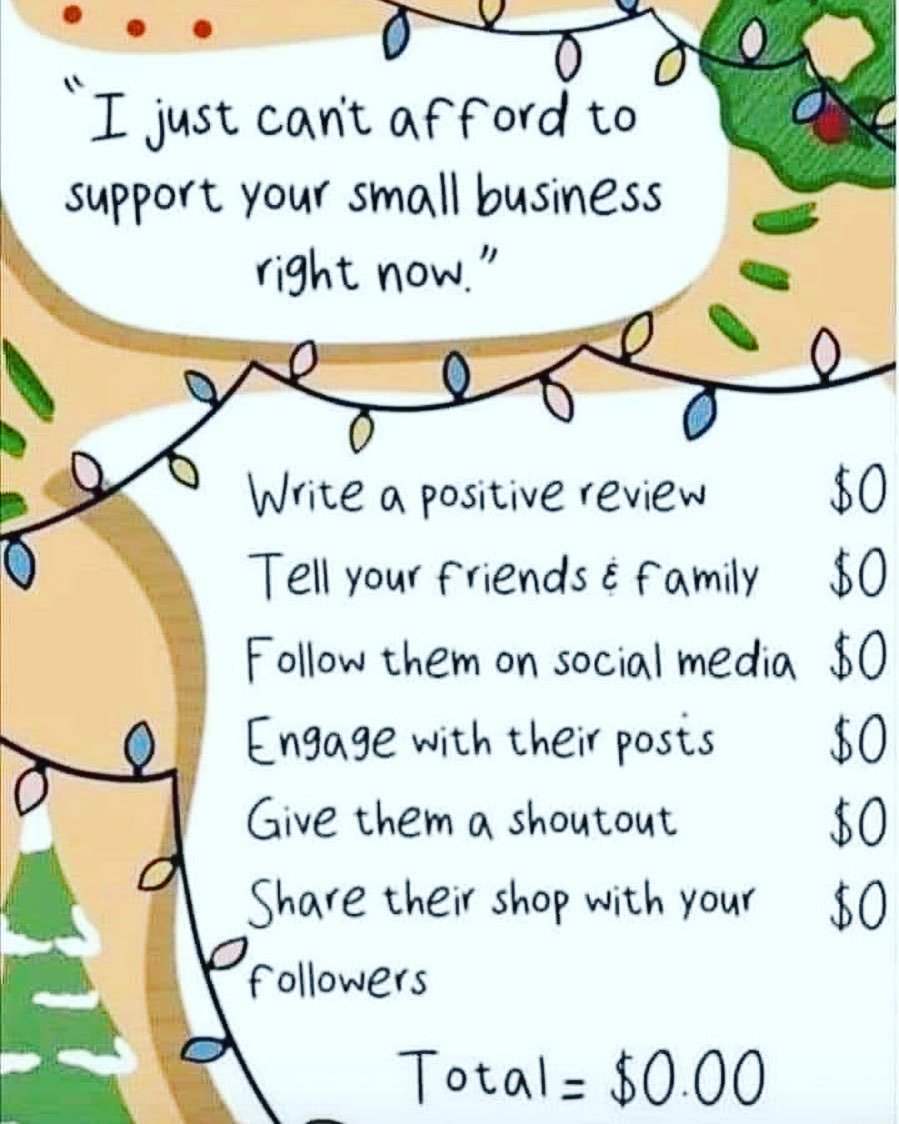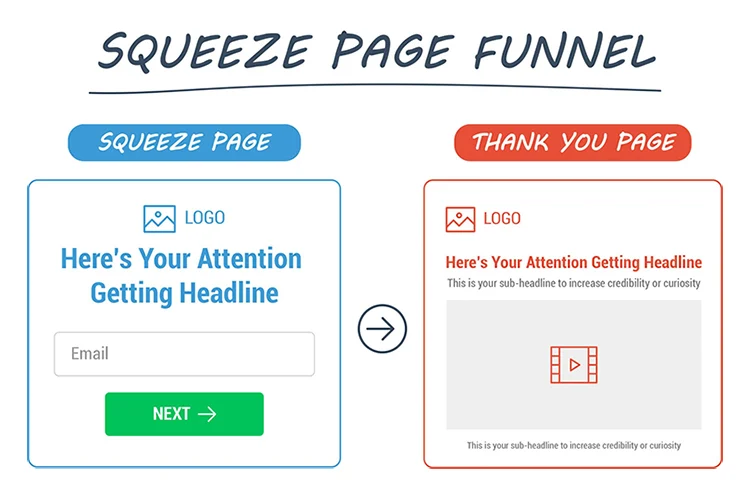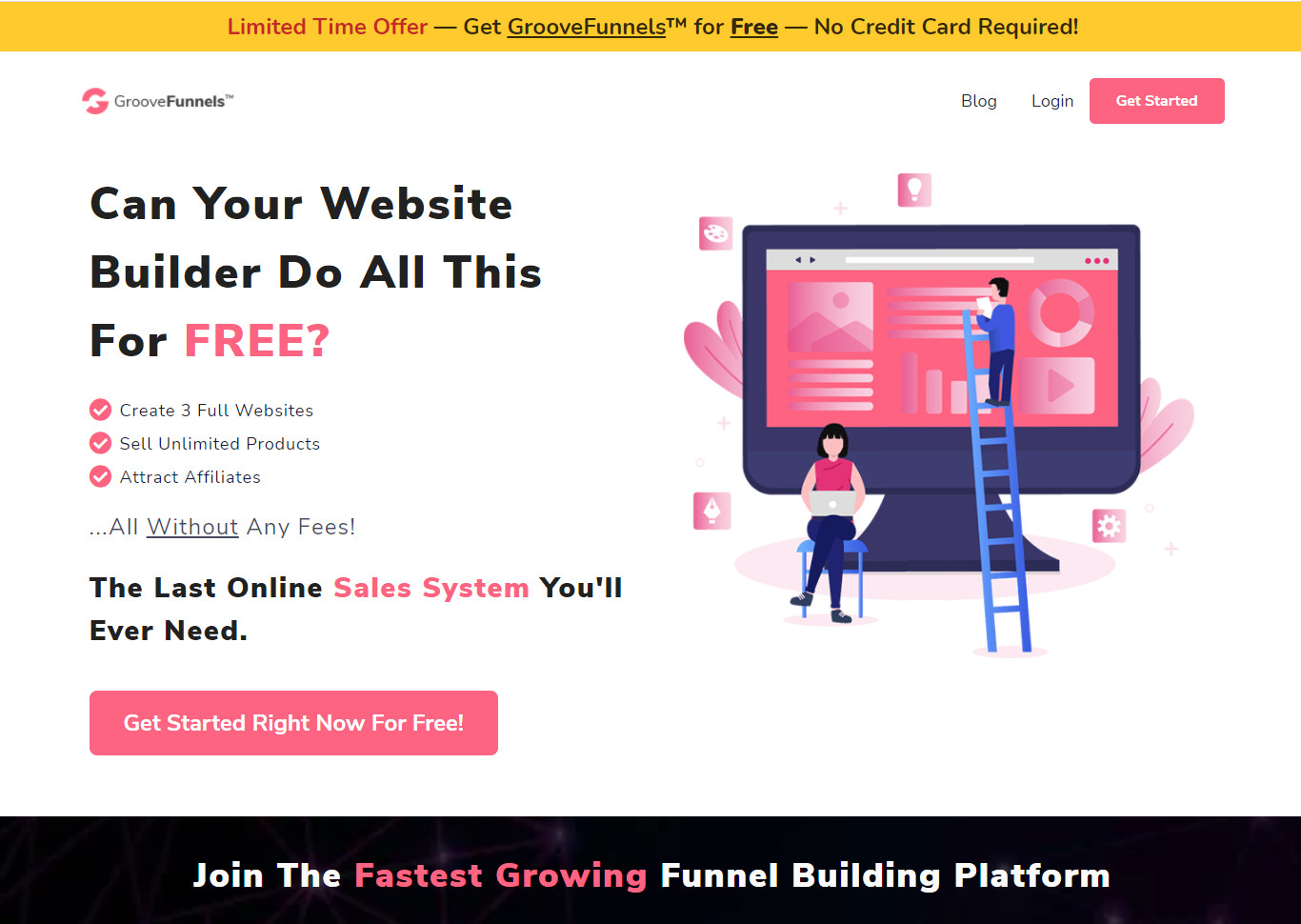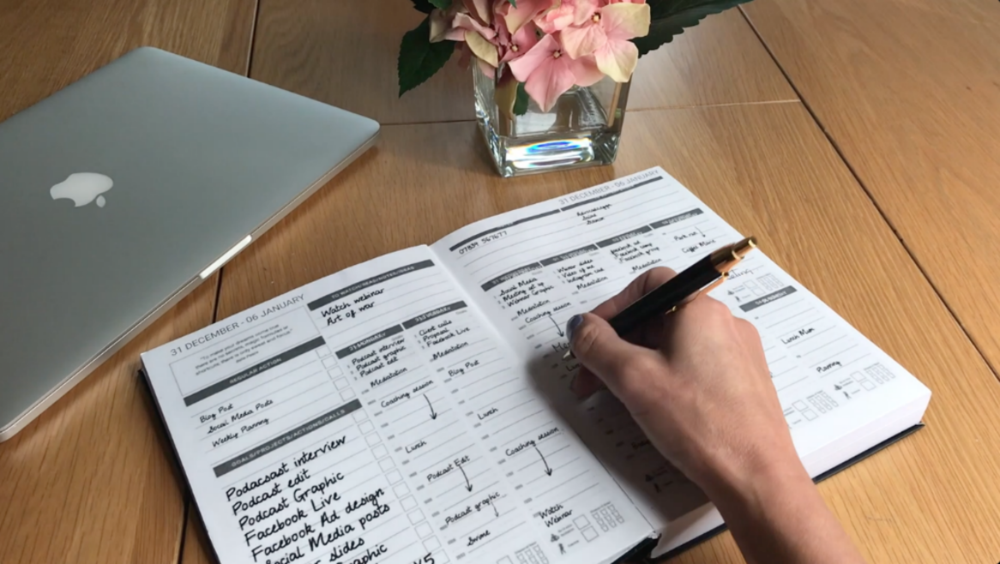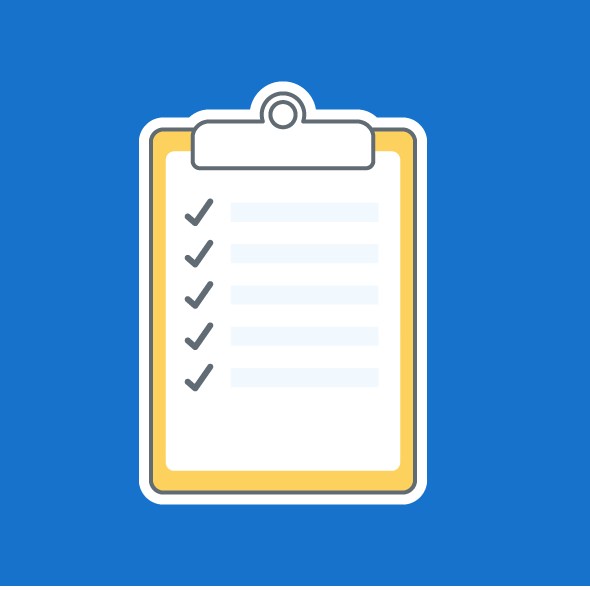We encourage you to support small businesses. Any one of these suggestions doesn’t cost you any money, but provides priceless help to a small business!
Marketing – general
Funnels via Instagram
As I’ve said before, a funnel is just the automated way of leading a prospect or customer through your sales process. Making it simple is best. I’ve talked about digital or online funnels before. There are some basic aspects or parts that make up funnels, and a given funnel may have some, many, most, or even all the parts built into it. Those parts might include:
- An advertisement, or some way to entice a lead to enter the funnel
- A headline
- A greeting
- A statement of the problem you solve
- The solution you provide
- Your offer, which may include –
- – the main offer
- – an upsell
- – a downsell
- – a cross-sell
- Collection of contact information
- Collection of payment
- A thank-you page
- A confirmation message
- One or more educational or relationship-building messages
A short & simple lead generation funnel might consist of a problem statement, the offer of a lead magnet, collection of contact information, and a thank-you/delivery message. It’s always best to “strike while the iron is hot,” as they say, and offer something for sale immediately after you collect their contact information, but we’ll go into that in a few minutes.
It’s now possible to create a funnel directly within the Direct Messaging stream of Instagram, using DM automation software. Traffic is often the single biggest problem and expense for those creating a funnel. Any Instagram account with 10,000 or more followers already has the potential for a steady stream of traffic.
DM automation tools (my marketing agency uses a tool called Chatmatic) allow you to automate conversations with prospects, based on them DMing an Instagram account. Chatmatic also lets you initiate a conversation with someone who interacts with a post or an Instagram Story that they’ve posted.
The conversation is the funnel – you don’t need complex pages, or to even take the prospect away from Instagram, where they’re comfortable. The DM automation tool makes it possible to offer the prospect choices (“Is your basement too wet, or too dry?”, “What size shirt do you wear? Small, Medium, Large, XL, XXL” etc.), collect contact information like email or mobile number, and even deliver a digital file or information by offering a button with an embedded URL.
Since the DM automation tool can collect contact information (name, email, mobile number, birth date, etc.), you can then move this information to an email list or similar contact database. Most importantly, you can use the funnel on Instagram to reach back out to your prospect within 24 hours and offer to sell them something that is related to the problem your funnel addresses. As an example, let’s say you sell household heating & cooling solutions, and your automated conversation was about problems with the prospect’s basement. Once you collect their contact info, you can offer them a PDF about basements, and why it’s important to keep them at a constant temperature and humidity level. Within Instagram’s 24-hour contact window, you can follow up with that prospect. If they’ve said their basement is too wet, you can offer to sell them a dehumidifier. If it’s too dry, you can offer them a humidifier. If they take either offer, you can then offer upsells (“Keep your new machine in top shape with our maintenance kit: normally $250, now only $198”) and downsells (“Don’t need the complete kit? Get just the brush and cleaning fluid for $49 plus S&H”) on the sales page on your website, or even from the Instagram conversation itself.
By moving the prospect’s contact info to a list, you can then continue to build a relationship with them, and send them marketing messages. Why is moving followers “off the algorithm and onto your list” important? Instagram’s current system will show your posts only to about 8% of your followers. An email message is likely to be seen by around 16% of your list, effectively doubling your contact ability. And SMS, or text messages, are opened within minutes by approximately 90% of the recipients!
If you’re serious about using Instagram to make sales, you simply must build a list, and then follow up with a sales message. Ideally, by SMS.
Own The Offer
In a previous article, I said that building and having a relationship with people online, and then monetizing that relationship, requires three steps:
- Owning access to those people
- Owning the product or service that you offer to those people
- Owning the sales process (or store) that offers your product or service to your target audience
I discussed building a list, and building relationships with the people on that list. This time, I’ll be talking about your offer.
Build it yourself?
There are a lot of folks out there selling products and services to people. Maybe you’re an on-the-road salesperson, or maybe you’re selling as an online affiliate. Do you create or manufacture those things? No. In our world today, very few people create a product or service from scratch and sell it to the end user. Am I suggesting that you personally have to hand-craft what you’re selling? Again – no.
Establish a compelling reason
In this case, what I’m suggesting is that you should create a compelling reason for your prospect to buy from you, as opposed to anyone else. Any product or service has competition, even if you don’t see it as a direct threat. I’ve worked with a number of schools offering lessons in karate, dance, and gymnastics. In a lot of cases, the managers of those schools saw other schools teaching the same subjects as their competition. Some, however, knew that staying home and watching TV was their competition, as is playing video games and other sedentary activities. So in this case how do you sell something that you own?
Each offer that you make should have an added “spice”: you need to include something that only you can give to your prospect. What is that one thing that people can only get from you? Sales managers and marketers might call this a USP, or Unique Selling Proposition (or Point).
What makes your offer unique?
There are any number of things you can add to your offer that make your product or service unique. It might be something physical, like color or size. It could be the way the item or service is presented, which is one reason why chain burger joints sell you a burger for $5, and your local steakhouse charges four or five times that much for essentially the same product.
Packaging and delivery are also ways to differentiate yourself. I had a client who was putting together a cleaning service, and she was considering lowering her price below what others were charging. I suggested that she arrive in a tuxedo, leave a rose when finished, and charge a premium price. Her costs went up minimally, but she was able to charge substantially more for her service. Delivering a product in a hand-crafted wooden presentation case makes it unique – something you won’t get if buying the same product elsewhere.
USPs for digital products
If you’ve created a course or an ebook that covers a given topic, I can guarantee you that you have competition. Again, it’s not so much that another book or course covers your subject area, it’s that people can simply not watch or read. People can view a movie, read a mystery series, or simply go to bed instead of consuming your content.
But what happens when you do have a direct competitor? How do you get a prospect to choose you over someone else’s offer? You must have a USP that they simply cannot get from someone else. Again, this could be content, like covering a subject that your competitor does not. It could be media – your video course as opposed to my ebook on the same subject. It could be an extra, like offering downloadable forms with your ebook, or access to a video interview with an industry celebrity.
People who offer affiliate products are very aware of having to offer extras, or bonuses. On the launch of any given product or service, there are a million folks out there flogging the exact same product. Why would you buy from me, as opposed to persons A, B or C? My bonuses, of course. These make my offer unique (at least in theory). During my offer, I’ll tell you that you can’t get these bonuses elsewhere. As long as that’s true, then I have a chance at earning your business.
Owning the product
First, you need to build a list of people and their contact information, a list that you own and control. Next, you need to begin building a relationship with the people on that list.
When you have an offer for the people on that list, you should make sure that the offer conveys the idea that there is some part that they simply cannot get from others. Again, it could be a physical aspect, or a particular feeling or emotion. It could be the delivery method. The important part is that the product or service that you are promising is somehow unique to your offer. In this way, you own whatever you’re selling, regardless of competition.
In my next article, I’ll discuss owning the sales process.
Own The Relationship
I see a lot of people who build their following on Instagram and other social media platforms. Much like the dog who chases a car – what do you do when you catch ’em?
Having an online business with the “best” (however you define that word) product or service means nothing as far as sales goes. It’s the relationship that you have with your target audience that allows you to make on-demand sales. Many Influencers have well over 100k followers – some even into the millions. But simply having a certain number of people who follow you, or the influencer you want to connect with, is in no way a guarantee that you’ll be able to sell products and services to those followers – or even reach them with your message.
Instagram and other online social media platforms are constantly tweaking their algorithms, not for your benefit but for theirs. Right now, a post made by an account on Instagram reaches only about 8% of their followers – 8,000 people for every 100,000 followers. And when I say a post “reaches” 8% of an audience, that in no way guarantees that they read it, or take any other action based on that post. At best, you can expect about 30 percent of those 8,000 followers to respond. That means out of 100,000 followers, only 2,400 interact with you based on that post.
Building and having a relationship with people online, and then monetizing that relationship, requires three steps:
- Owning access to those people
- Owning the product or service that you offer to those people
- Owning the sales process (or store) that offers your product or service to your target audience
If anyone else controls even one of those steps in this process, you cannot own the relationship with the individuals in your target audience. It can be taken away from you at any time, either temporarily or permanently.
If you have followers or fans on a social media platform, they can disappear at any moment, and so can any influence you have with these people. You must start moving them off the media’s algorithm and onto your own list. A “list” is simply a contact list, where you have an individual’s permission to reach out to them with the contact point they’ve provided to you. For the past several years, I’ve focused on building email lists with my clients.
Depending on factors like message frequency and interest level, email lists have an overall open rate of approximately 16%. Right off the bat, this is double the interaction rate of a social media post. From 100,000 people, you’ll get about 16,000 people to see your message. Using the same 30% action rate example, this means 4,800 people will take some kind of action based on receiving your message. That’s double the number of people from a social media post alone.
Recently I’ve been working with clients to collect mobile phone numbers, and encouraging them to reach out to their list via SMS message instead. Why? Because studies show that over 90 percent of people who get an SMS message read it within 10 minutes of receiving it. Let’s say your list is only 25,000 individuals – one-quarter the number of followers we’ve been talking about. That means approximately 22,500 people will read your message within 10 minutes of sending it. Again using a 30% action rate approximately 6,750 individuals will take action based on that SMS message. That’s a forty percent bump in interaction from sending an email! If you’re selling at a price point of one-hundred dollars, that could be an increase of over $195,000 with a switch to a different messaging medium. That is, of course, based on the assumption that you own the relationship with your clients and prospects.
In just the last few months, Instagram has made it possible to automate direct messaging. Within that automation, you can collect personal information, including contact information like email address and mobile number. That makes it possible to automate list-building from within a direct messaging sequence without your prospect leaving the Instagram app.
But list-building is only the first step down the road towards monetization. I’ll explore owning your offer, and owning the sales process, in upcoming articles. I encourage you to reach out if you want to know more.
Swiss Army Knife of Marketing Software
Software development is a multi-billion dollar industry, so it is not surprising that new tools are often released to meet the growing demand.
When it comes to online businesses, there is no exception.
Marketing tools are essential for any company, including traditional businesses looking to go online, existing digital companies or any individual Internet marketer who wants to build an income from home.
However, with so many choices out there, which one is the most suitable?
Taking a closer look at the marketing software community, no shortages of options will come up in your research.
There are tools for creating websites, building sales funnels, and developing shopping carts so payment can be processed online.
While these are essential tools, the problem that many business owners face is that those products do not seem to be the most suitable for them.
For example, traditional business owners may find that the available products are overly complicated, especially if they do not have the technical skills to run the systems.
Then, there may also be aspiring entrepreneurs who are just starting out, and the high cost of all the available tools means that they are out of their budget.
Finally, there are just too many tools that a new business owner needs, and requiring to subscribe to dozens of tools on paid monthly plans, while needing to understand and manage all the accounts, can quickly become overwhelming.
Because of all these reasons, that’s why GrooveFunnels was created.
GrooveFunnels is a suite of online business tools designed for business owners, but without the complexity and the expensive price tag.
In fact, it’s quite the opposite, because GrooveFunnels is not only easy to use, it is also free.
When members sign up for a free GrooveFunnels account, they get immediate access to a website creator, funnel builder and shopping cart software, all of which allows them to have everything they need to start selling products and services online.
This is especially helpful for those with little to no technical knowledge, because the entire suite of tools are so simple to use that even computer illiterate folks can copy and paste, drag and drop and click and scroll their way to creating professional-looking websites with sales funnels capable of taking online orders.
Not only that, but the free GrooveFunnels account can also add unlimited products, create sales funnels, build branded websites with full navigation, use custom domain names, sell products in just one click, and offer upsells, downsells and order bumps to customers.
Astonishingly, GrooveFunnels also has a powerful affiliate program built in, which means that members can easily start their own affiliate programs and have their own affiliates promote their products for them.
Such a robust software suite is typically unheard of in the software development industry, much less one that is being made available for free.
For those who are looking for the new best way to build funnels and sell digital products, and would like their own complete digital products and services online sales system for free, now is the time to get started with GrooveFunnels.
Scott Gardner
https://groovepages.groovesell.com/a/AkmhGTibUP6Z
Donate In Their Name: Make Your Client The Hero
Most of my clients arrive by word-of-mouth, which is great. I reached out to a prospect the other day, who was referred by one of my existing clients. I offered them a small freebie. The prospect was initially hesitant, until I mentioned that my existing client – whom the prospect knows – had donated this service to them. Wow, were they impressed!
A note of warning – don’t say something like this if it isn’t true! Make sure you check with your existing customer to make sure they don’t mind doing this.
In addition to the prospect being impressed, my existing client was as well. I offered to give something to someone they know, in their name. How cool is that? The product or service you offer doesn’t have to be super expensive, it just has to have a perceived value. The receiver gets something useful, and the giver looks like a hero. And that’s the point.
There are a number of things you can “give” to existing customers to show you appreciate them. I’ve talked about this before in posts about loyalty programs, and customer retention strategies. A discount is great, but a hand-written card is better. Above both of these is letting your customer appear as the hero to someone else.
I make it a practice to ask all my clients about their favorite charities, especially local ones. When I’m sending out holiday or event cards (again, written and addressed by hand), I often include cards to those charities, letting them know that my clients mentioned them as being a good cause. Even though the card is from me, I make sure my client is mentioned prominently. In other words, I make my client the hero. My clients often hear about that card!
Offering to provide a product or service in the name of your client is, very obviously, also a great way to find new clients!
Planning Ahead Is Cash In Hand
For years, I thought I was one of only a few people who didn’t own and use a planner. For over 20 years, my wife would buy me various planner systems, and I barely even looked at them. I was surrounded by people who used planners, spent money on planning seminars, took physical and online courses on what to plan, how to plan, and how to set and accomplish goals. I believed I was a lone holdout.
After my “conversion” (a story too long and sordid to get into here), I began to realize that The Planner People were not a solid majority. Many, many people didn’t use a planner, set goals, or even keep track of future appointments. Yet again today, I was reminded that there are plenty of folks who keep shooting themselves in the foot because they don’t keep track of appointments. I showed up at a new business to HAND OVER CASH, after setting an appointment with the owner 2 weeks ago. The place was closed, his phone went to voice mail, and he didn’t answer a message I sent him.
If you have children, grandchildren, or interact with students, getting them exposed to planning and goal setting at a young age will truly help them throughout their lives. If you can’t teach them, point them towards someone who can.
31-day Email Onboarding Sequence
No matter what you read, I can tell you bluntly that email lists work. They help you turn leads (“Anyone with a heartbeat”) into prospects. Used correctly, they can also help you turn prospects into first-time purchasers.
The base of an email list, however, is the automated onboarding sequence. You should have this set up before you post your sign-up form. I’ve developed an outline for a 7-email onboarding sequence, sent over 31 days after a person signs up, that will help you develop a relationship with the list member.
Relationship Building
It’s a hoary old chestnut, but “People do business with those they know, like, and trust.” The whole point of an email list is to build a relationship between each member on the list, and the business. But how do you get there?
Give Without Receiving
Many, many email lists are based on the concept of the “lead magnet.” That is: your business trades something of value – like information, or a checklist, or something else the recipient might find useful – in exchange for adding that person to your email list. And that’s where a lot of businesses stop, which is one of the reasons people quit reading their emails, and fail to develop the relationship.
The best way to build trust and likability is to keep giving. You’re not losing anything, so why not continue to provide value? Make sure at least two emails in your onboarding sequence give the recipient helpful, actionable information. Even if they don’t need that information, they will most likely recognize the value you’re giving them.
Ask Their Opinion
When we first meet someone, our brains love it when they ask about us. What do we like? How do we feel about a topic? What is our opinion of a situation? One of your onboarding emails should ask their opinion of a subject related to why they might have joined your list. You might start your question with –
- What is your opinion of. . .
- What’s your favorite. . .
- What do you think about. . .
The best start: “We need your help.”
Show You’re Listening
Communications experts call this “active listening.” You should reflect back that you’ve heard the thoughts and opinions of the list, and that you appreciate their feedback. You don’t have to agree with or even acknowledge each individual reply. You could show poll results of the aggregate answers, or reflect back that, “Most people we’ve asked think. . .” The important thing here is to ask for their input, and show that you’re listening.
7 Emails
You don’t want to beat new members over the head with emails every day. Then you’re that person they just met who won’t leave them alone!
By the same token, you don’t want to leave them wondering if they’re really on your list, or what to do next.
So here are the seven email topics I suggest for building that initial relationship with new members, along with the schedule for sending them.
Note: The schedule starts on the day they sign up – Day 01. It doesn’t matter what month and day is on the calendar when they sign up – this schedule takes care of that. If you have someone who joins your list on May 3rd, then that’s Day 01 for them. Someone who joins on October 14th has their Day 01 on that day.
1) Thank You/Unsubscribe any time – Day 01
As soon as the person confirms that they’ve subscribed (you should always use a double opt-in process), they should get an email thanking them for signing up, and pointing out the unsubscribe link at the bottom of the email. You don’t want them to feel trapped. Besides, if at any point they decide receiving your emails is not for them, you want to make it easy for them to leave. Too many autoresponder lists are choked with people who don’t open the emails sent to them.
2) About Us/Services & Products – Day 02
The next day, send them an email that spells out what your company does. Short and simple is always best!
3) Mission Statement/Philosophy – Day 09
Your next email gives them a bit of background. It might be, “I started this business because. . .” or “Here at ZYXCo, we believe that. . .” The important message here is, “This is why we do what we do.”
4) Helpful Info/Article – Day 13
As I said near the beginning, too many businesses quit giving of themselves. Here’s another chance to give your new listmember something they can use. Maybe it’s a checklist, or a graphic they can keep on their desk, or an article (one of your blog posts) that provides helpful info, and solves one small problem – I like to say that it scratches an itch – that they might have.
5) What’s Your Opinion? – Day 19
Don’t you hate it when you meet someone, and any conversation is all about them? We call them boors – and not just because they’re usually boring!
So, don’t be that person. Create a blog post that’s a poll, or asks a question. Ask people that question in this email, and point them to the post where you encourage them to leave their opion, or their thoughts on the subject.
This accomplishes several things. First, you’re soliciting their input, and that will make them feel important! Also, when they go to the post, they will see you have several other people who are interacting with you, so they know they’re not alone on this email-centric journey. Warm and fuzzy feelings will abound.
6) Helpful Info/Article – Day 25
Here’s your second chance at providing help to the people on your list. One of my dear friends keeps this in mind with a plaque above his desk – “Be a blessing in peoples’ lives.” Stretch that helpfulness muscle!
7) Direct Sales Pitch – Day 31
I’m on a couple lists where every single email I get is a hard-core sales solicitation. “BUY THIS NOW!!!” I mean, that’s very tiring. I get it: “Buy my stuff, or get off my list.”
But you’re in business, and that’s what businesses do – they sell products and services. Every person who signed up for your list knew that going in. A very good way of looking at sales is that you’re helping each customer resolve a problem they have. You’re providing a solution. True, not every solution fits every problem, but it doesn’t hurt to offer. And your last email in the onboarding sequence is a great time to do that.
And that’s a good onboarding process that will help you develop a relationship with each person on your email list.
It Pays to Learn Lessons

I spent years forgetting the lesson of, “Test before committing.” I’m creating the card I’m planning to send out in January, and I had one test version printed at double the cost I’ll pay later on. Not only were the sides printed in the wrong directions (tops didn’t match), the images didn’t have enough white space around the edges – so the text on one side, and pix on the other, was cut off.
I’ve created a 2nd version, and ordered one more sample card – again, at double the regular price. If I have to, I won’t even mind printing a 3rd version.
For the first 10 years of doing this stuff, I would have wasted money and just ordered the entire print run. Lemme tell ya: being overeager is like sticking a long, dull knife in your own eye. Starting early and having patience alleviates that situation.
The 8 Touchstones of Marketing Cycle

Regardless of your definition of marketing, there is a process associated with marketing your business, products, and services. This process or plan should be framed as one or more goals (I prefer SMART goals), underlied by one or more strategies (a defining statement of action or policy). These strategies are then accomplished by using a series of tactics, or action steps.
Quick Marketing Definition
Before we get to the 8 Touchstones of Marketing, let me prop yet another definition of marketing up in front of you:
Marketing is a two-way interaction with the public, prospects, and peers to present them with the best face of a business. You do this to inform and persuade them of the benefits of purchasing from that business.
The 8 Touchstones
I see a lot of small businesses whose marketing plan is merely to open their doors – physical or digital – and hope for people to storm in. As has been said elsewhere, “Hope is not a strategy.”
The next step up is to open the doors, and then find a way to shout, “I’m here!” That’s a little better, but what do you do when people actually show up?
Your marketing plan should include tactics for informing people about the benefits of doing business with your company. But once contact is made, you need to move them along a path to keep them informed and happy, and lead them to a place where they’ll purchase from you.
Your marketing plan should have these touchstones, in this order:
- Find leads (“A lead is anything with a heartbeat”) by communicating with the public
- Turn these raw leads into prospects (people who have an interest in your product or service) by starting an informative relationship with them
- Help persuade prospects to make a purchase
- Help new customers find joy in their purchase (minimize buyer’s remorse)
- Persuade existing customers to purchase more/more often
- Help people move from being customers (purchasers of services products) to fans of the business
- Help fans find more prospects (become unpaid marketing/sales reps for the business)
- Start the cycle all over again
Line vs Spiral
Essentially, your marketing plan is about helping – or guiding – people through steps from being a lead, to a prospect, to a first-time buyer, to a happy repeat customer, to fan, to unpaid marketing & sales representative.
Many entrepreneurs think of moving through this marketing process as a line. Probably not a straight line, but they see it as following the steps – first A, then B, on to C, etc. However, this process is actually a cycle; it starts in one place, and then moves around until it arrives at that starting point once again.
Sure, when you arrive at the starting point, you can pick up more people to insert into your marketing process. But one of the objectives of moving people along this process is to raise them higher than they were. For instance, one cycle can be explained as taking a person from being a lead, to a prospect, to getting them to make their first purchase. Now they’re back at Point A, and this is where a lot of marketers drop the ball. They leave the new customer on the same level as people who’ve never bought from the company! The idea here is to raise these new customers up a level, and help them become comfortable enough to make more purchases from the business. While the strategy is the same (“Help them feel happy enough to make a purchase”), the tactics are different on this level (for example: instead of a price discount on a single item, you give them a larger discount based on volume purchases). On this cycle, you want to move them from first-time purchaser, to happy repeat customer, to fan of the business.
These cycles should be an upward spiral. You might be bringing the customers over “the same old ground,” but since both of you are familiar with the process, you can use more detailed and intricate techniques to interact with them. As an example, you might have added a prospect to your list with just their first name and email address. When they make their first purchase, you can add more detailed info to their record; last name, address, birth date, and phone number. You might then go on to ask them for even more detailed information about themselves. If you’ve developed the relationship well enough, they should be happy to provide it.
Effective Tactics
Of course, the 8 Touchstones by themselves are nearly useless. You have to put together a plan of effective tactics that allow you to aid people in moving through all 8 Touchstones. We’ll be discussing those in much more detail soon!
I welcome comments, questions and suggestions. Just post them below!

